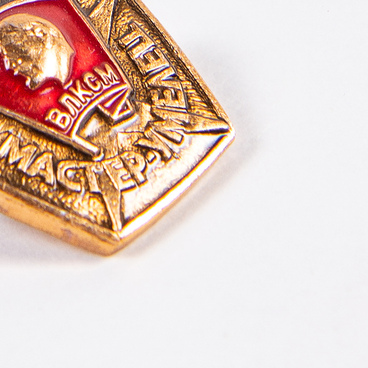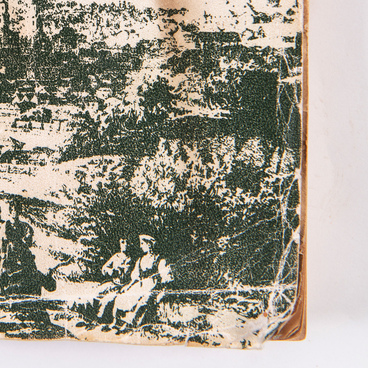The museum houses a special and very valuable exhibit — a floor plaque, which was cast at the Nevyansk plant in 1702. The very fact of casting such plaques at the Nevyansk plant testifies to the highest level of craftsmanship, the impeccable quality of local iron and the dawning casting of cast iron art objects in the Urals in the early 18th century.
The memorial floor plaque was cast by order of princes Ivan Petrovich and Matvey Petrovich Gagarin. It was intended for the Church of Elijah the Prophet on Vorontsovo Field in Moscow.
In 1702, the princes used their own wealth to erect a large five-domed church next to the old tented church so that the old church became the hall of the new one.
Prince Ivan Petrovich Gagarin was a governor in Siberia: Ilimsky fort, Irkutsk, Yakutsk. He supervised the archers who had been exiled for rebellion, and participated in the communication between the Siberian Prikaz and the local peoples — the Buryats and Daurs. Prince Matvey Petrovich Gagarin built a canal between the Volga and Neva Rivers, and later, becoming the head of the Siberian governorate, built a canal between the Tobol and Irtysh Rivers. The foundation plaque was supposed to remind all parishioners about the pious deed accomplished by the princes, who had the church built. Foundation commemorative floor plaques were very popular among the wealthy people of the time. On the plaque there is an inscription: “This by the grace of the Highest Prince Ivan Petrovich and Prince Matvey Petrovich Gagarin created.” There are rosettes in the corners of the plaque. At the top there is the number “1702”, with the letters “TBNON” on the sides and “SNBNT” at the bottom.
The local historian Ivan Kharitonov from the Ozersky district of the Moscow region, where an identical floor plaque was discovered, suggests that “TBNON-SNBNT-TBNON” are letters from the motto of the Gagarin family or princes Ivan and Matvey Gagarin. Their motto included the lines from Psalm 113:



